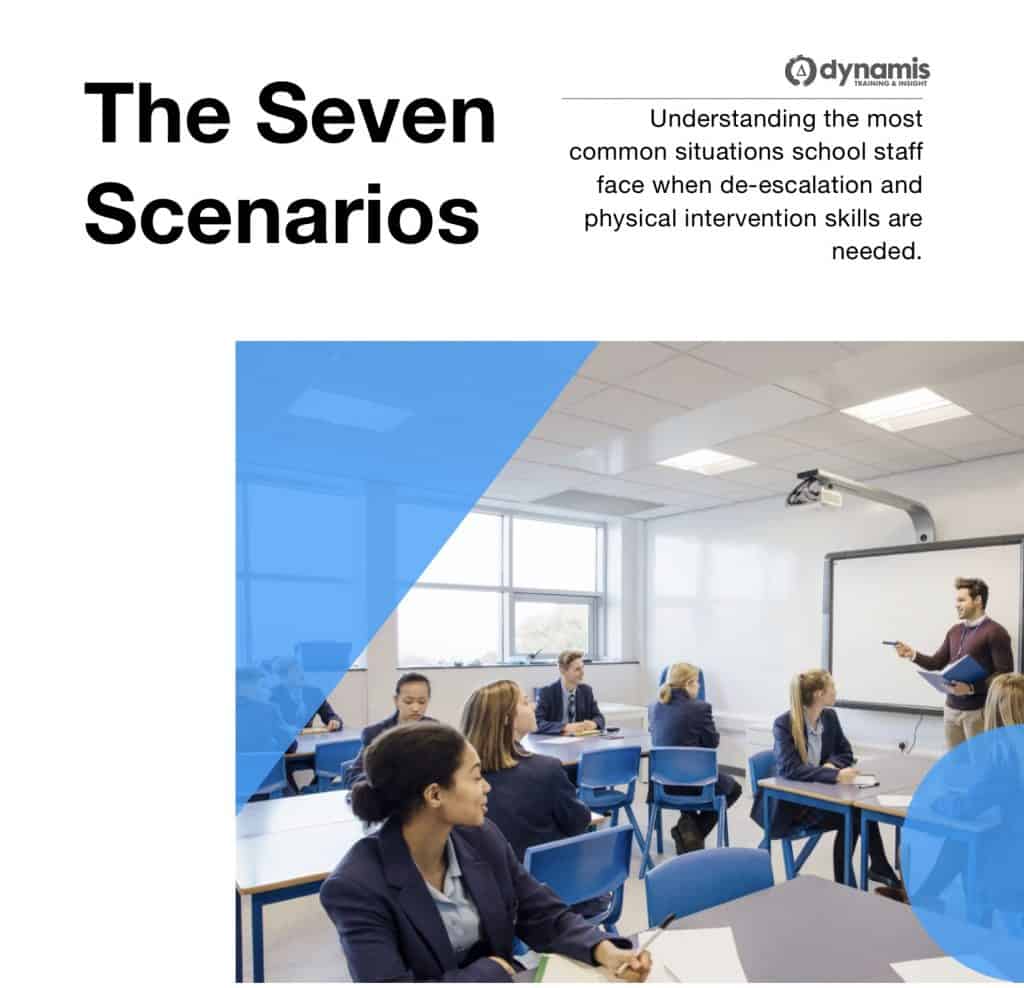Special Educational Needs (SEN)
Children who face barriers to their learning will often require additional educational intervention to support their learning. This may include what is commonly referred to as Wave 2 or Wave 3 intervention. Wave 2 intervention consists of time limited support for a child, focusing on a particular area of difficulty. This support is provided, within the classroom, with the view to accelerate progress and address misconceptions that may have developed. Wave 3 intervention consists of more individualised support designed specifically for an individual child, again, with the view to accelerate progress.
If a child or young person has not made progress despite such differentiated teaching he or she would usually be supported by a staged method of support outlined in the 2001 SEN Revised Code of Practice. A meeting would usually be arranged between key school staff such as the child’s class teacher and SENCo (special educational needs coordinator), parents and the child. Key learning objectives would be agreed and a plan made for the provision necessary to achieve these. The Code of Practice recommends an Individual Education Plan as a means of recording and reviewing this. That level of support is known as School Action and would usually result in additional support being made available for a child, such as a few hours working with an adult each week. If a child’s needs are greater or (s)he has not made sufficient progress in response to a School Action level of support then a School Action Plus level may be appropriate. This is similar to School Action but usually includes a greater level of resource and additional advice from appropriate professionals from outside the school, such as an educational psychologist or speech and language therapist.
If a child or young person’s parent(s) or educational setting believe that his or her needs cannot be met by the school’s resources they can apply to their local authority to carry out a Statutory Assessment of Special Educational Needs. If this is agreed the Statutory Assessment can lead to a Statement of Special Educational Needs. This is a document which summarises the child or young person’s needs; what learning objectives need to be addressed and what provision is necessary to achieve this. The local authority is responsible for the provision on the Statement and will provide funding and advice to the educational setting to ensure this happens. The number of children with Statements of SEN often varies according to location due to the different arrangements for supporting SEN in each authority. However the criteria for whether a statutory assessment is necessary are national and described in the 2001 SEN Revised Code of Practice. and parents have a right to appeal to the First-tier Tribunal (formerly the Special Educational Needs and Disabilities Tribunal) if they do not agree with the local authority’s decision. In most cases it is considered appropriate for children with statements of SEN to be educated in their local mainstream school with additional support. However it may be agreed that some children or young people with very significant needs will have their needs better met in a special school.
Figures published in 2009 showed that 17.8% of pupils in English schools have special educational needs (SEN), a proportion that has steadily grown over the last four years, from 14.9% in 2005.[1]
The previous year, in January 2008, the Department for Children, Schools and Families (DCSF) stated that some 223,600 (or 2.8 per cent) of pupils across all schools in England had statements of SEN. The percentage of pupils with statements of SEN placed in mainstream schools (nursery, primary, secondary) was 56.6 per cent. The corresponding figures for the proportion of pupils with statements of SEN placed in maintained special schools was 36.9 per cent, with 3.6 per cent in independent schools.
In 2008 there were some 1,390,700 pupils with SEN without statements representing 17.2 per cent of pupils across all schools. This is an increase from 16.4 per cent from a year earlier. Contrary to the pattern for pupils with statements of SEN, the incidence of pupils with SEN without statements is greater in primary schools (18.1 per cent) than in secondary schools (17.8 per cent).[2]
